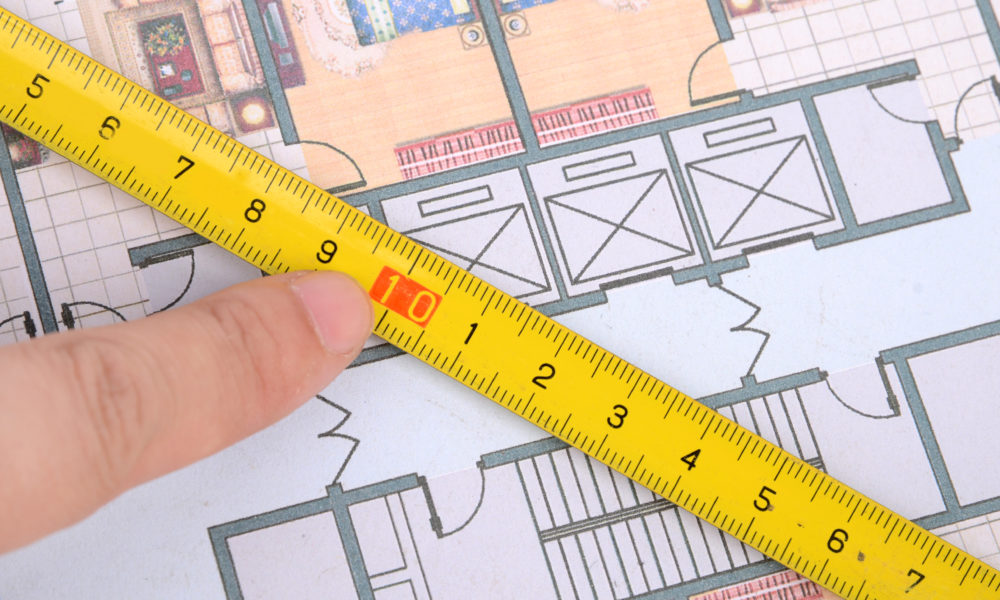Weighing the “Load Factor” in Commercial Real Estate: Why it Pays to Know the Difference between Rentable and Usable Square Footage
By James (Jay) Rigelsky on Nov 27, 2020

Are you evaluating your current base rent and operating expense costs? If so, you may get frustrated by that column on the spreadsheet depicting usable (net) square footage (“USF”) and rentable (gross) square footage (“RSF”).
Or maybe you are an entrepreneur looking to occupy office space for the first time. Does knowing that you will have to pay for more square footage than you can actually utilize irritate you?
Are you often puzzled why your landlord maintains the right to remeasure the square footage of the building and premises throughout the lease term?
Multi-tenant office buildings are typically defined by common areas and each respective tenant’s premises, or rentable (gross) square footage and usable (net) square footage.
If having a set certain amount of square footage is important to you, understanding the load factor is critical since brokers advertise their properties based on the RSF. So even though the same broker might list two different office properties both advertised at 10,000 RSF, the load factor will clarify how much of that you can actually occupy to conduct business.
Rentable (Gross) Square Footage
RSF encompasses the total square footage of a particular building, including leasable/usable square footage and non-leasable/common area square footage. When you review a floorplan for the office space you are considering to lease, you often see a RSF and USF numbers. The RSF is the number on which your base rent and operating expense costs will be calculated and typically includes all building common areas, covered walkways, and overhangs, as well as the lobby, scheduled tenant use conference rooms, mail receiving/package drop-off areas, restrooms, maintenance, operations, and utility closets, elevator systems, mezzanines, garages, and other areas commonly accessed by all tenants.
Usable (Net) Square Footage
USF covers the actual square footage you and your employees will utilize to be as creative as possible and get that paper!! Please keep in mind that if you occupy one or more full floors of a multi-tenant office building, your USF will include the hallways and restrooms for each full floor occupied.
How the Load Factor Affects Your Cash Flow
When considering multi-tenant office buildings, amenities like covered parking, weather-protected walkways, and inviting lobbies are impressive but can significantly increase your total rent spend. The higher the load factor is for any office building you are considering, the more rentable square footage you will have to lease
For example, if you are looking for 10,000 square feet to lease, and a building has a 15% load factor, you will need to rent 11,500 RSF in order to have 10,000 USF to operate your business. A building with a 20% load factor would require you to rent 12,000 RSF in order to have 10,000 USF to operate your business.
Why is this important? I equate it to staying in hotels while traveling. When I am vacationing with my family or friends, I don’t mind paying for a few more amenities. If doing so keeps the kids entertained and allows everyone to enjoy their time away, I think it’s worth it. Sometimes you really do need a restaurant, a bar, a pool, maybe a pool bar, and……..did I say “bar?”

Business is business though, and the purpose of an office is to have a place to work efficiently, collaborate, be creative, and generate revenue.
In business terms, you must decide if the additional square feet you will be paying rent on (15% load factor versus 20% load factor) is worth the spend!
When traveling for business, I look for an accommodating, safe hotel because I know that I will only be sleeping and refreshing there — not one with an upcharge for amenities I will never have the opportunity to enjoy…like a bar!
To ensure you are making the most use out of your USF, work with a tenant representative that will guide you through making the best decision for your office needs and ensure building measurements are properly calculated per BOMA standards.
If you need help searching and negotiating for the office space that best suits your needs, please contact us to schedule your consultation or request a market report.




